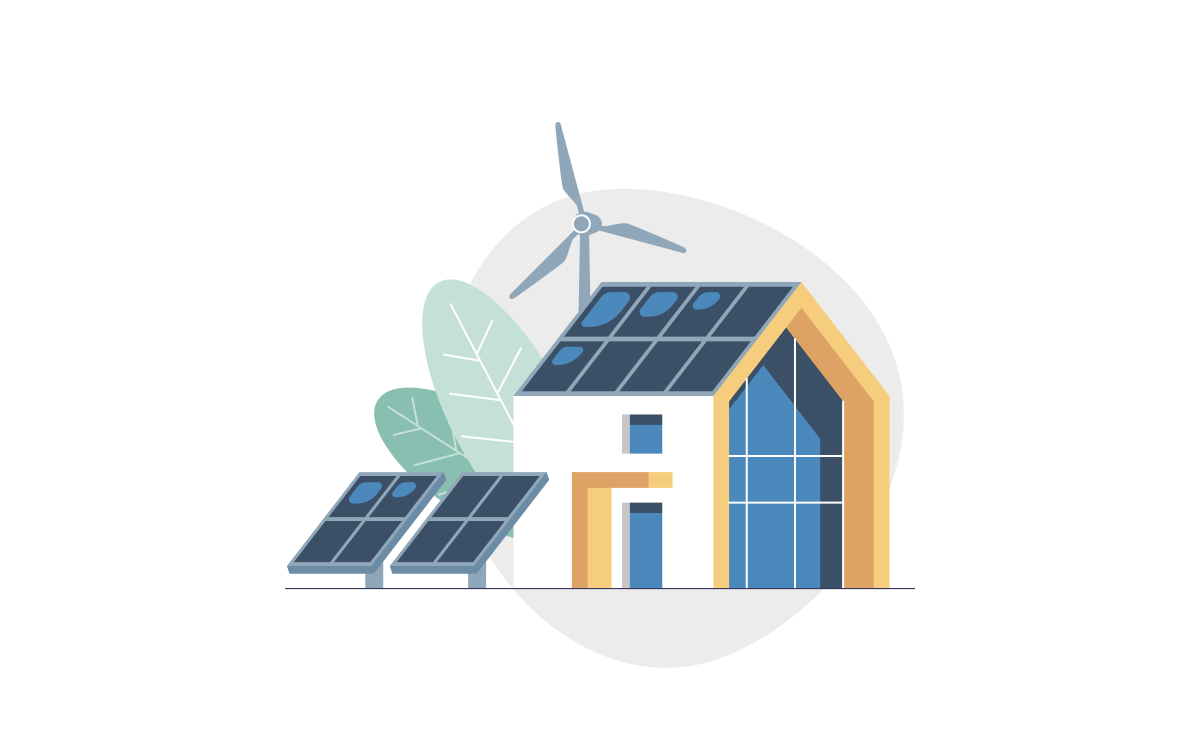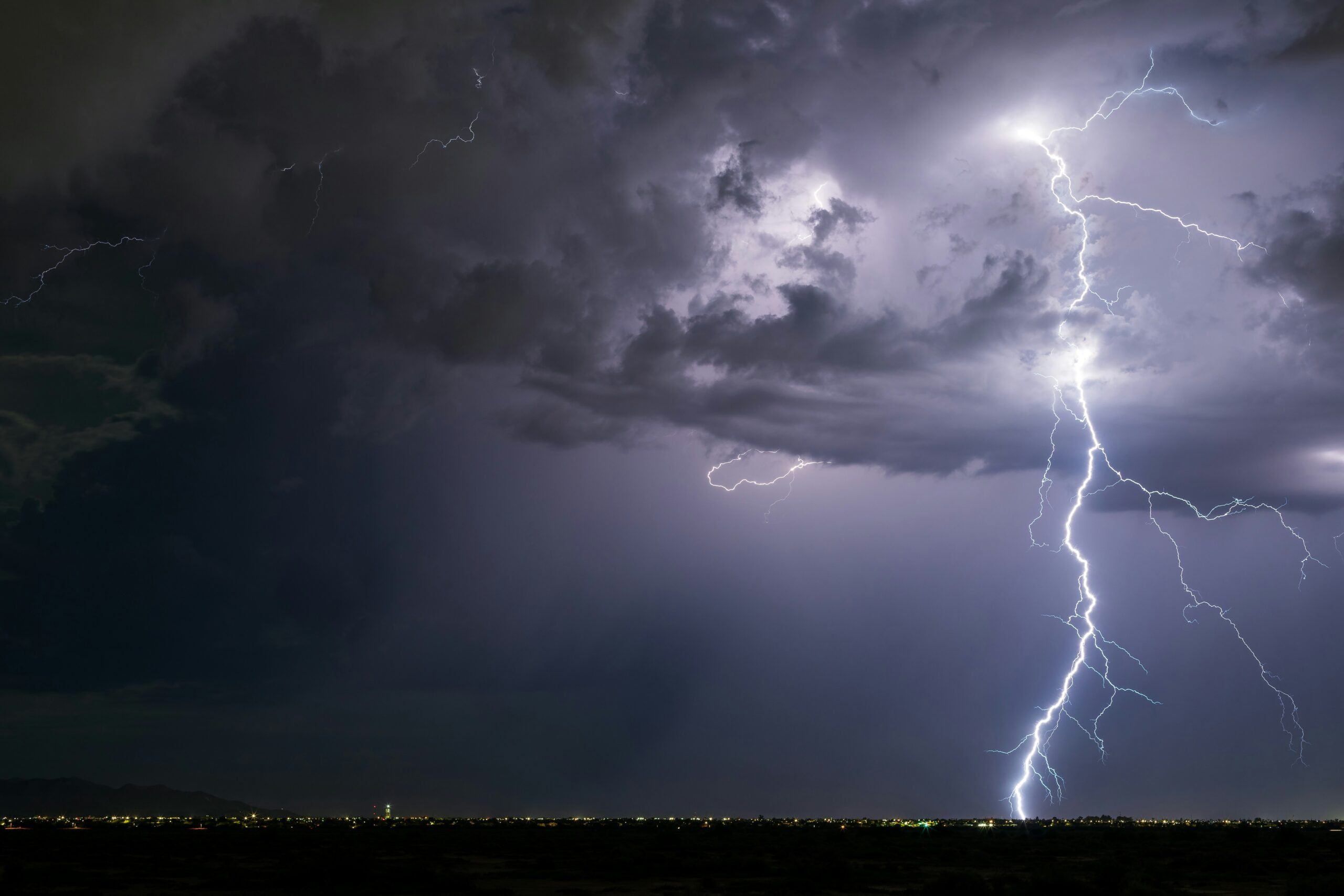Home Energy 101: A guide for the dim

What is a kilowatt hour, exactly?
As a homeowner, understanding energy-related terminology can be helpful when making decisions about your energy consumption and costs.
But there’s a reason why guys like Thomas Edison are once-in-a-lifetime geniuses—some of this stuff is slippery to grasp.
That’s ok. You’re gifted in other ways. Like, maybe you’re a multi-instrumental musician, a quilting expert, or a Star Wars trivia pro. Whatever your jam, we’ll cover a few key home energy concepts in plain English to boost your energy-savviness.
What’s the difference between power and energy?
These sound like they should be the same thing (but aren’t). Let’s break it down.
- Power is the amount of electricity needed to run an appliance, like your dishwasher, at a given moment. It’s an instantaneous supply of electrical energy, measured in watts (W) or kilowatts (kW).
- Energy is the amount of power needed to run your dishwasher for a period of time, measured in watt hours (WH) or kilowatt hours (kWh).
Basically, kWh represents the amount of energy used when a device with a power rating of one kilowatt runs for one hour. For example, if Thomas Edison had a 100-watt (0.1 kW) light bulb running for 10 hours, it would consume 1 kilowatt hour (0.1 kW x 10 hours = 1 kWh) of electricity.
The higher the kWh number, the more energy consumed. Utility companies use it to calculate your energy usage, so it has a direct and profound impact on all of us – particularly in that moment of slow-motion suspense when you tear open last month’s bill.
Genius though he was, Edison may not have foreseen that dubious pleasure.
What’s the average home energy consumption?
The average annual electricity consumption of U.S. homes in 2021 was 10,632 kWh, or 886 kWh per month. But this varies widely by state, due to factors like climate and local electricity prices.
Louisiana, with the cheapest energy bills, was the highest at 14,302 kWh per residential customer. Hawaii was the lowest: 6,369 kWh (Honolulu produces the most solar energy in the nation, but we’ll get to that later).
The top five energy vampires for U.S. homeowners are:
- Space cooling at 250 billion kWh, or 16% of the total.
- Space heating at 219 billion kWh, or 14% of the total.
- Water heating at 176 billion kWh, or 11% of the total.
- Refrigeration at 87 billion kWh, or 6% of the total.
- Lighting at 67 billion kWh, or 4% of the total.
You already know that old-school energy appliances and practices are problematic for the planet. Let’s look at some solutions.
What is renewable energy?
Renewable energy comes from sustainable and environmentally friendly sources such as sunlight, wind, water, and geothermal heat. Unlike coal, gas, and other fossil fuels, renewable energy is unlimited in supply and easier on the planet.
Most Americans (if not most oil companies) are increasingly aware of climate change. And they now want the federal government to expand development of renewable energy sources like solar and wind.
We think they’re on to something.
What is solar energy?
Energy from the sun can be converted into electrical energy through nuclear fusion, which is when protons collide and fuse to create helium. You don’t need to understand this at a PhD level, just know that the whole process is constantly generating massive amounts of solar energy.
This energy hurtles toward Earth in the form of photons. Solar panels then harvest this energy to produce electricity that can power homes, businesses, and even Honolulu.
Motivated by federal tax credits, lower energy bills, and the reduction of their carbon footprint, more people are turning their attention to their own homes.
Between 2021 and 2022, residential solar panel installations in the U.S. rose by 34%.
What is energy efficiency?
Energy efficiency is a bit of a balancing act.
It’s hitting the desired energy output while minimizing consumption, all to save money and mitigate climate impact.
To reach this balance, homeowners can use energy-efficient appliances and find other ways to reduce waste, such as with home batteries, electric vehicle (EV) charging, and efficient lighting.
Smart meters do this, too.
Today, 69% of U.S. homes use smart meters to track their energy consumption. These digital devices allow homeowners to monitor and take action on their energy usage patterns in real time.
Utilities also use smart meters to offer time-of-use pricing and encourage more efficient energy usage.
As home builders continue to embrace new technologies like solar panels, smart meters, and energy-efficient appliances, homeowners will benefit from these changes in energy consumption, cutting their carbon footprint (and their utility bills, too).
No genius required.
Cheers,
Mike
Mike McAllister is head of story for Momo Homes.
Track the global transition to sustainable homebuilding.
Subscribe to the Momo Focus newsletter.






